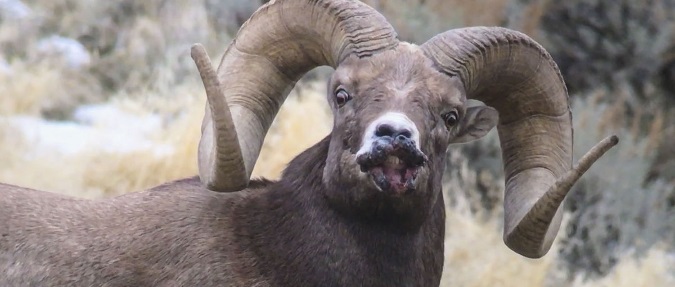This article first appeared on bozemandailychronicle.com. A viral disease that causes unsightly mouth sores is suspected in bighorn sheep in Yellowstone National Park.Park officials announced in a news release Monday afternoon that they suspect some bighorn rams have sore mouth disease, a condition widespread among wild bighorn sheep in the Rocky Mountains. It is also common in domestic sheep and goats.

The disease shows up in the form of lesions and sores on the mouths and faces of infected animals. Vicki Regula, a Yellowstone spokeswoman, said the park’s videographer caught images of rams with mouth sores on Nov. 21 between Mammoth Hot Springs and Gardiner. She did not know how many rams had the sores before deadline.
The lesions usually go away after a few weeks and don’t lead to scars. Animals usually recover but deaths can occur in severe outbreaks, particularly among lambs that can’t feed because of the mouth sores, park officials said.
Only breeding age rams have been seen with the condition so far, the release said, and the outbreak is likely the result of contact between sheep during the breeding season.
The disease can be transmitted to people if a person directly touches an infected sheep. It’s illegal to touch sheep — or approach any animal — in Yellowstone.
Yellowstone biologists are monitoring the infected animals.
Between 10 and 13 bands of sheep live in the upper Yellowstone River drainage, according to the park’s website. Surveys conducted by park officials have found the total number to be roughly 320.
The population count peaked in 1981 at 487. But a pinkeye outbreak the following winter knocked out 60 percent of the population.
